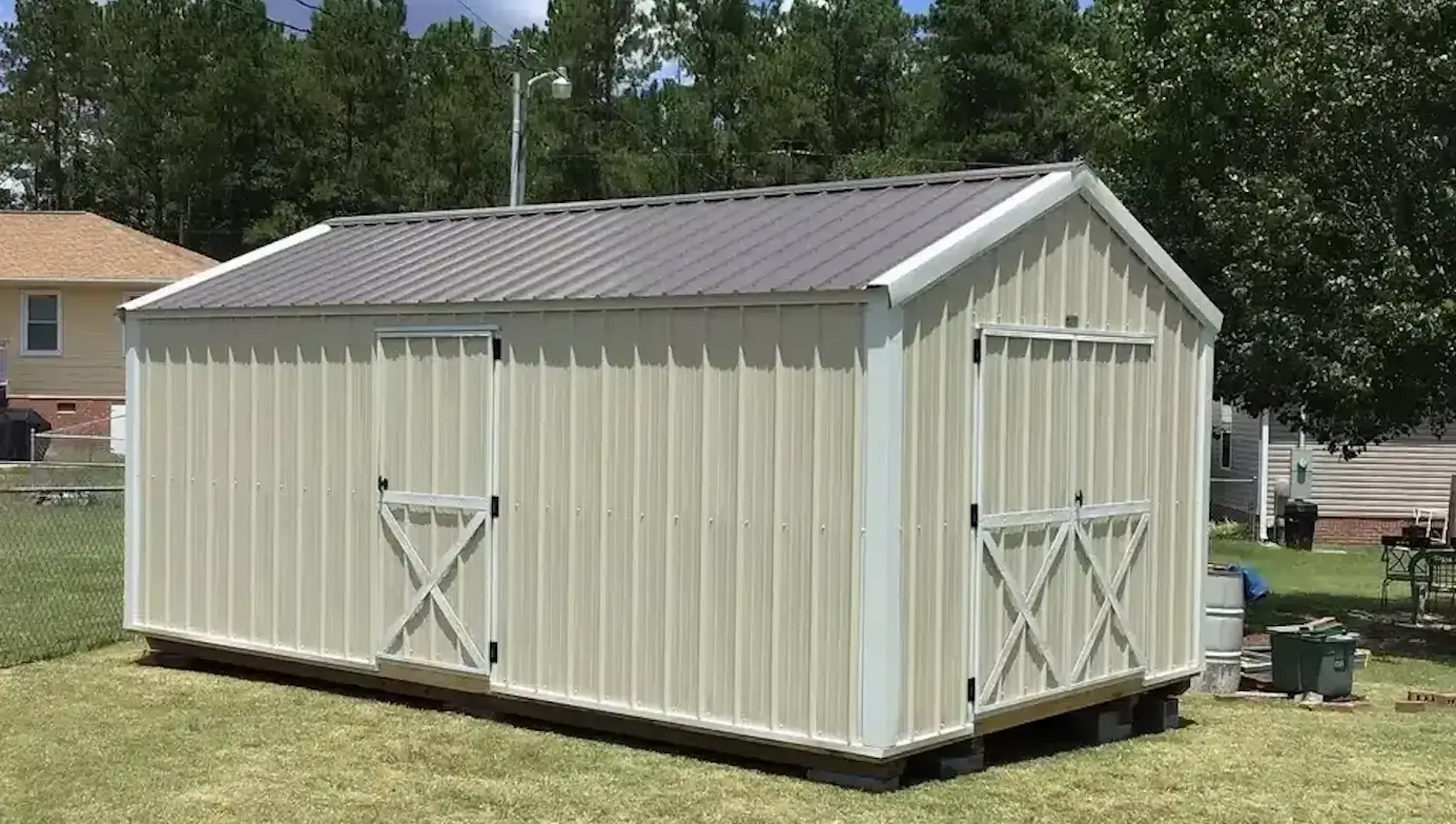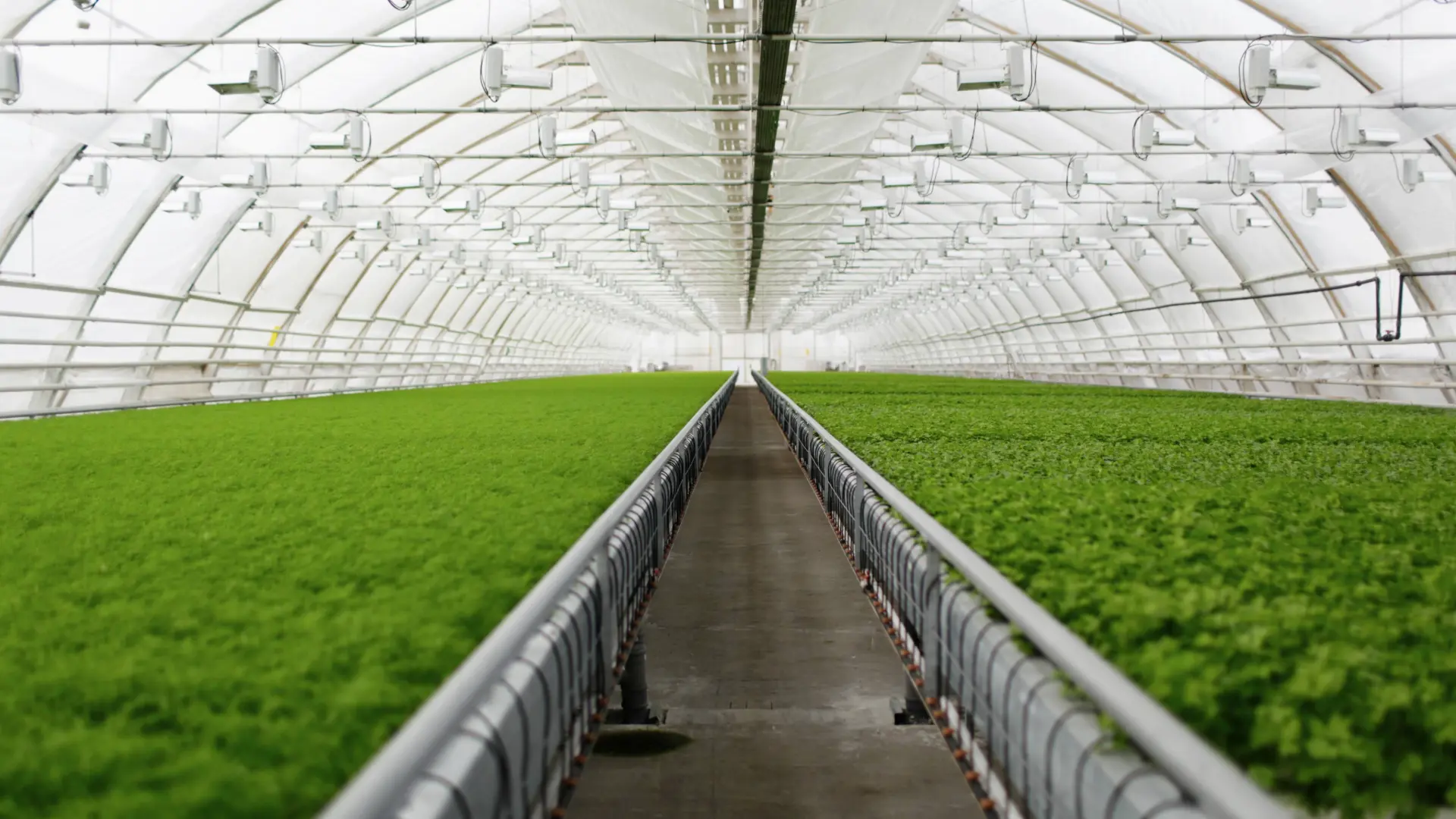
August 24, 2025

What if the key to higher harvests, healthier plants, and lower energy bills was blowing quietly across the room? Well, in today’s indoor agriculture, it is. The most powerful and overlooked force behind any successful grow room or greenhouse is optimized airflow. This isn’t just about moving air – it’s about precision-controlled airflow that optimizes temperature, humidity, and CO₂ levels where it really counts – right at the canopy to help your plants accelerate and maximize their natural processes.
Climate-controlled farming requires more than fans and filters. It needs groundbreaking solutions that are efficient, reliable, and customizable. This is where companies like Prihoda North America, KE GreenDuct, and CanopyFlo come in, pioneering next-generation airflow systems and greenhouse ducting that transform grow spaces into high-performance ecosystems. From vertical farms to single-room grow operations, these companies are transforming the way cultivators approach the air and optimize yield, minimize waste, and cultivate with confidence.
Airflow is the behind-the-scenes muscle of any successful interior growth. It’s what maintains stable temperatures, balanced humidity, and evenly distributed CO₂ — all conditions critical to healthy plant growth.
Without proper airflow planning, even the best grow lights or nutrient systems will pale in comparison. In controlled environments such as greenhouses or vertical farms, air is not just moved; it’s sculpted.
Proper airflow:
The result? Better plant health, increased yield, and fewer surprises.
Plants breathe and sweat—just like people. These vital functions are influenced by air distribution:
Stale zones occur in a closed room and are responsible for uneven growth and the excess risk of disease.
Uniform air velocity is essential for establishing consistent microclimates within plant canopies. If airflow is too strong, it can dry out plants; too weak, and moisture builds up—creating the perfect environment for mold and disease.
By fine-tuning air velocity, growers can strike the perfect balance for optimal conditions:
Poor air movement allows humidity and heat to become concentrated around specific points. And these “hotspots” are silent yield killers.
Consequences of poor airflow:
Without a system in place, growers can accidentally impose conditions that harm rather than benefit their plants.
Whereas conventional HVAC is designed for human comfort, grow room HVAC is created to optimize plant performance.
| Feature | Traditional HVAC | Indoor Grow Systems |
|---|---|---|
| Design Goal | Human comfort | Plant health + productivity |
| Air Distrn | Generalized | Precision-targeted |
| Humidity Control | Minimal | Integral to performance |
| Flexibility | Limited | Modular + configurable |
An effective airflow system is about more than fans and ducts. Key components include:
If those parts aren't working in harmony, then it can cause your system to work extra hard or not work hard enough, each of which affects your yield.
Achieving optimal airflow in your indoor grow is more than just getting the air moving; it’s also about controlling the quality of the air, the temperature, and the humidity. Well-placed air vents, regular maintenance of the air filter, and excellent airflow patterns are in place to make sure the conditioned air, whether it be cool air or warm air, can reach each and every tier in the canopy.
This provides a steady airflow, so no hot and cold air areas associated with traditional HVAC or outdated air conditioning. In contrast, modern systems that circulate air efficiently help maintain consistent temperatures, support plant transpiration, and reduce the buildup of stale air or hot air around lighting fixtures.
Incorrect ventilation and air balance can lead to uneven cooling, bad indoor air quality, and even a potential reduction in system efficiency. A system that operates at high performance not only drives the performance of the superior equipment, but also supports efficient cooling and heating with smart controls, precise ductwork, and tools that allow you to shove the air where it should be, such as ceiling fans and directional diffusers.
The cultivation operation that focuses on climate management and airflow can turn their AC system from a cost into a controlled way to ensure healthy growth as well as the elimination of waste and maximal yield.
In grow rooms, duct positioning isn’t only structural — it’s tactical. Poor placement can lead to airflow blind spots.
Tailored ducting:
Air that is too fast can just shock plants. Stagnant air holds rot at a remove, which is why it is so important to control diffusion.
Best practices include:
These methods make a level playing field for plant growth- one where plants grow faster, taller, healthier, and stronger, together.
When it comes to airflow technology in clean spaces, Prihoda North America is among the world’s industry leaders in custom fabric ducting. With decades of experience and a vision rooted in sustainability, Prihoda provides more than air performance.
Prihoda has exceeded all expectations with custom fabric ducting design and production since 1994. Their custom-designed systems are made for the unique requirements of every operation, such as indoor farming, where airflow directly influences yield.
Key Features:
Prihoda is not just about performance — it’s about taking responsibility. Their 100 per cent post-consumer recycled material, free of red-listed ingredients, is ideal for projects targeting the Living Building Challenge or Well Building Standards.
Sustainability Highlights:
Whether you're focused on reducing environmental impact or maximizing efficiency, Prihoda supports the transition toward greener growing practices.
When precision airflow collides with intelligent textile engineering, you get KE GreenDuct -an elite solution engineered for today’s competitive, growing environments. KE GreenDuct has a background with over 50 years of textile-based ventilation supplied by its parent company, KE Fibertec. KE GreenDuct is following in the industry leader’s history of being a brand that you know you can trust in vertical farming air distribution.
KE GreenDuct starts with your crop. With intelligent conversation and cutting-edge fiber technology, every system is engineered to produce the perfect microclimate because not all plants are the same, and neither are their air flow needs.
What makes KE GreenDuct different?
KE GreenDuct isn’t just a duct—it’s a strategic tool in your growing system.
KE Fibertec offers extensive documentation for air velocities over the crop in order to ensure that any given crop gets exactly the conditions it needs to grow efficiently and yield the necessary return.
No two grow environments are the same, and why would you want to use a one-size-fits-all airflow solution?
The proper system will be one that is customized to your crop, building, and control objectives, which means an appropriate airflow system. Whether you’re leafing greens from vertical racks or high-value crops in a controlled greenhouse, air distribution can be the difference between success and failure.
What to consider when choosing your system:
Specialized systems such as fabric ducting for agriculture provide a degree of precision not typically found via conventional HVAC systems.
A properly matched airflow system does not simply move air – it moves your entire process toward healthier plants, improved quality, and more consistent production.
In a grow room, airflow isn’t merely a matter of motion — it’s a matter of precision. This is where CanopyFlo comes in.
Designed specifically for single-tier and multi-tier setups, CanopyFlo delivers targeted air circulation right where plants need it most—around the canopy. By eliminating stagnant zones and controlling microclimates it helps growers overcome the challenges of spacing, pruning, and dense canopy layers.
Each CanopyFlo system is backed by a team of tradespeople, engineers and professionals who are creating a new future for indoor agriculture.
Shared values include:
Controlled environment agriculture has come a long way — from converted HVAC systems to high-tech climate systems made to order for the plant growth business.
What began as temperature management has become system integration:
Today’s farming requires more than “cool and circulate.” It depends on smart airflow that adapts from moment to moment to the crops’ needs.
In the modern world of indoor agriculture, airflow is not an afterthought; it is the foundation of success. Precision air delivery, climate control efficacy, and data-driven systems are redefining how growers will apply, manage, and scale up their operations. Companies such as Prihoda North America, KE GreenDuct, and CanopyFlo are leading the charge here, helping cultivators maximize space, reduce overhead, and essentially future-proof their facilities. By adopting the best airflow strategy today, you set the stage for creating an environment that truly breathes life into every plant—and long-term value into every yield.
Disclaimer: This material is for informational purposes only and should not be relied on for legal, medical, financial, or any other form of professional advice.
Sources:
Science Direct - Ventilation and temperature control for energy-efficient and healthy buildings: A differentiable PDE approach
UAF Institute of Agriculture - Controlling the Greenhouse Environment
Traditional HVAC systems are designed for human comfort, whereas grow-specific systems are optimized for plant health. These systems deliver pre-conditioned air with ideal humidity, CO₂ levels, and directed air velocity tailored to the plant canopy—something standard HVAC systems can't provide.
Fabric ductwork, such as that from Prihoda and KE GreenDuct, enhances airflow direction and efficiency. The lightweight, breathable material ensures even air distribution, reduces condensation, and allows HVAC systems to run more efficiently with fewer interruptions.
Yes. Scalable solutions like CanopyFlo are designed to grow with your operation. Whether you're expanding to new racks or moving from single- to multi-tier systems, these modular airflow setups eliminate the need for costly redesigns or full system replacements.